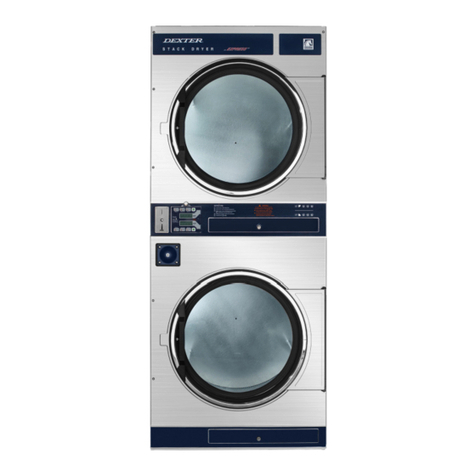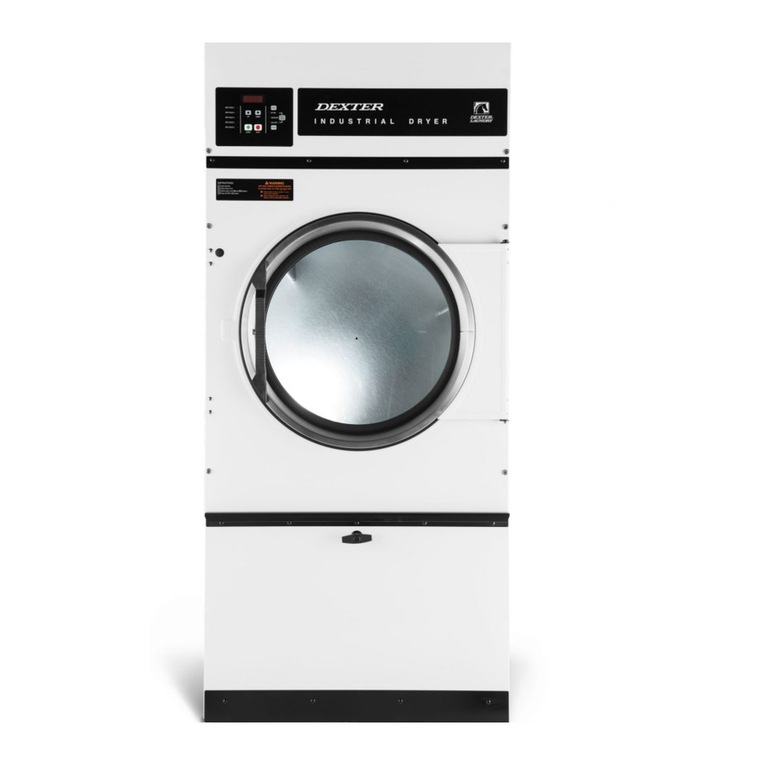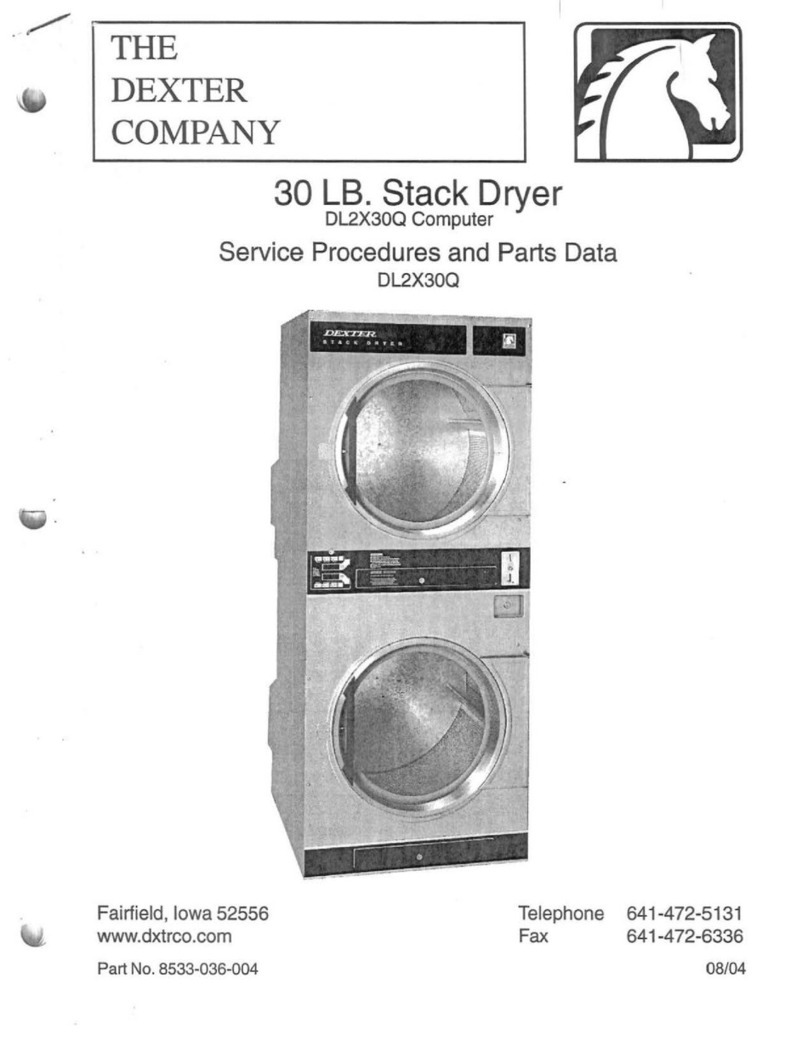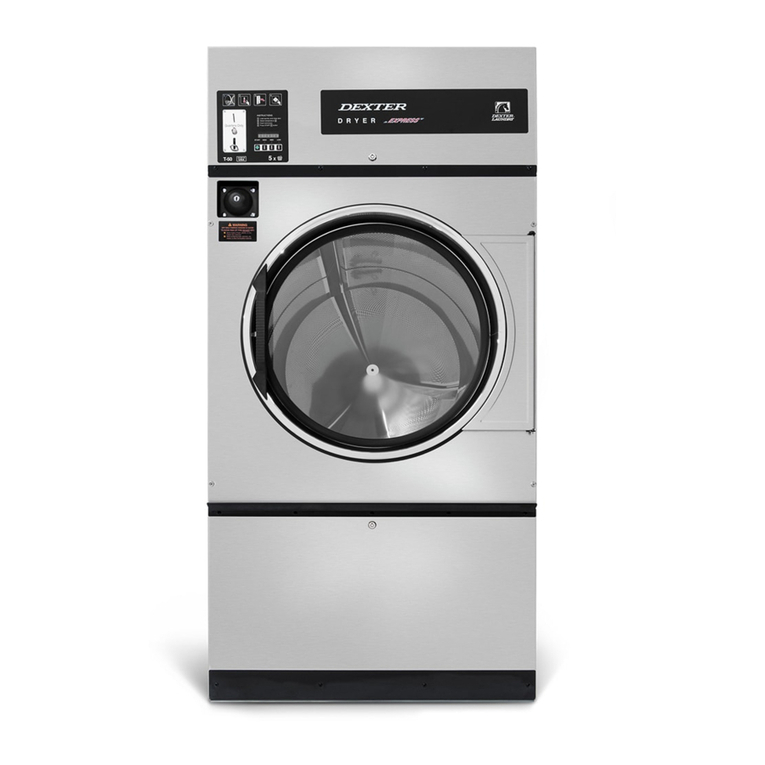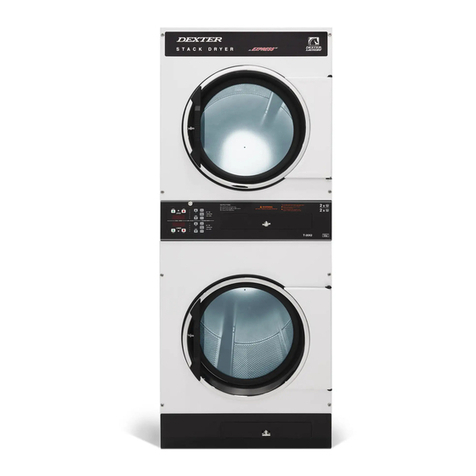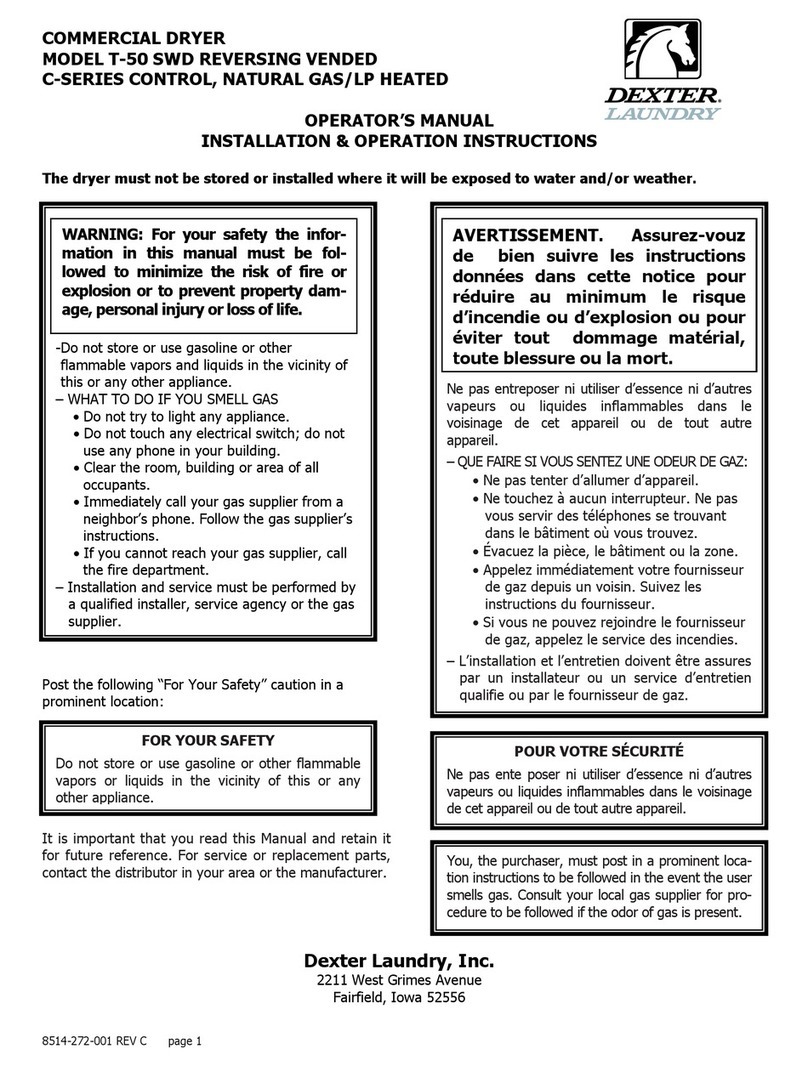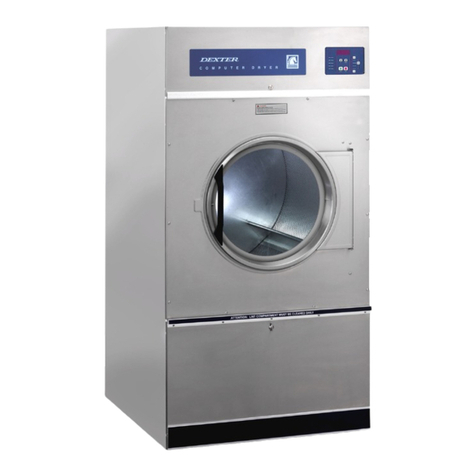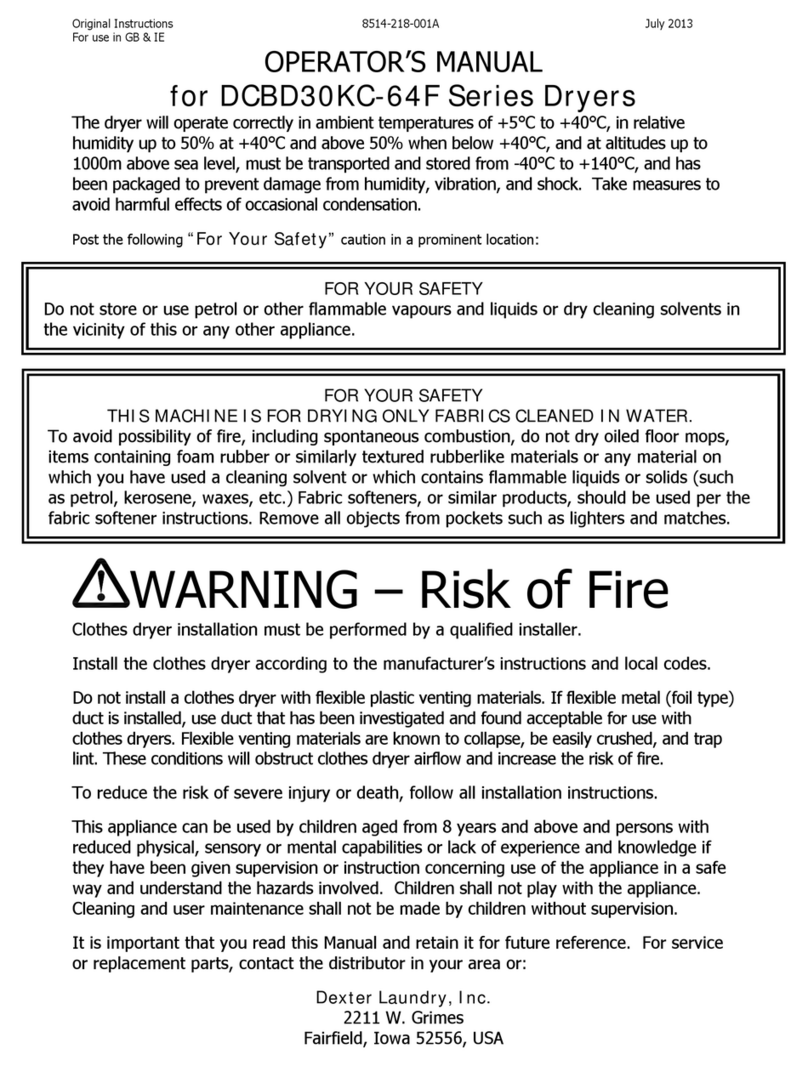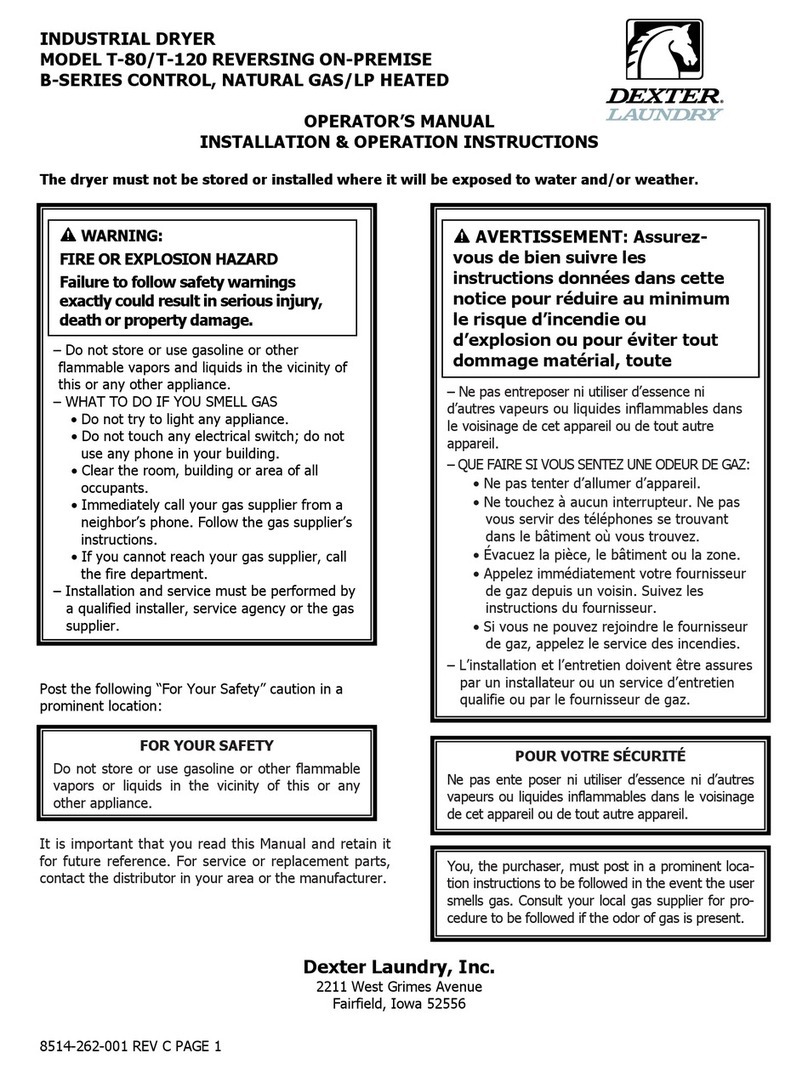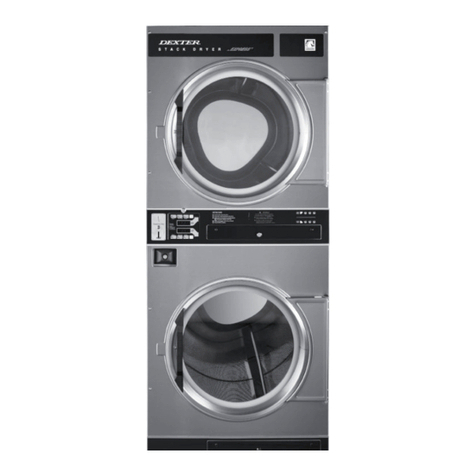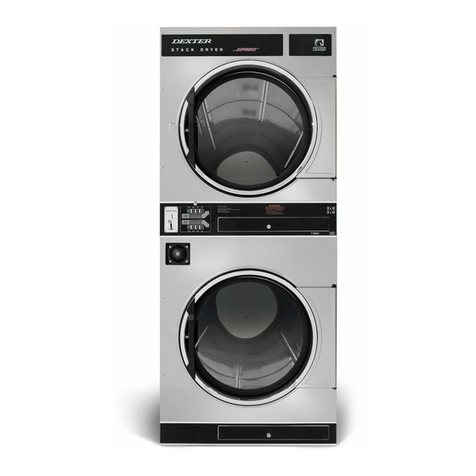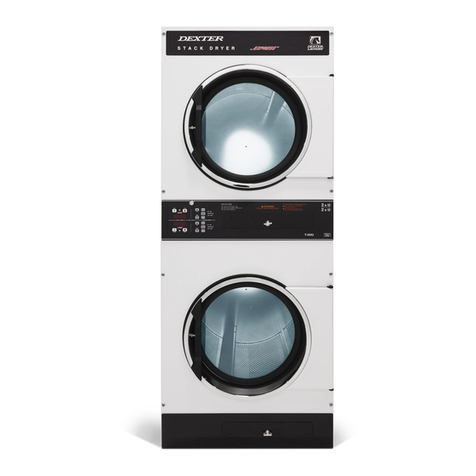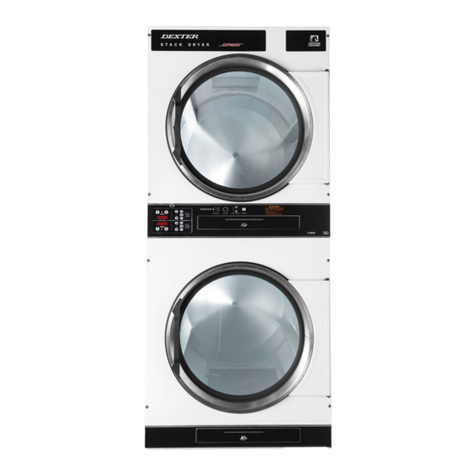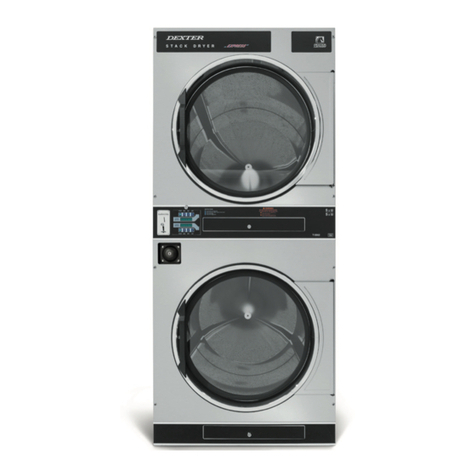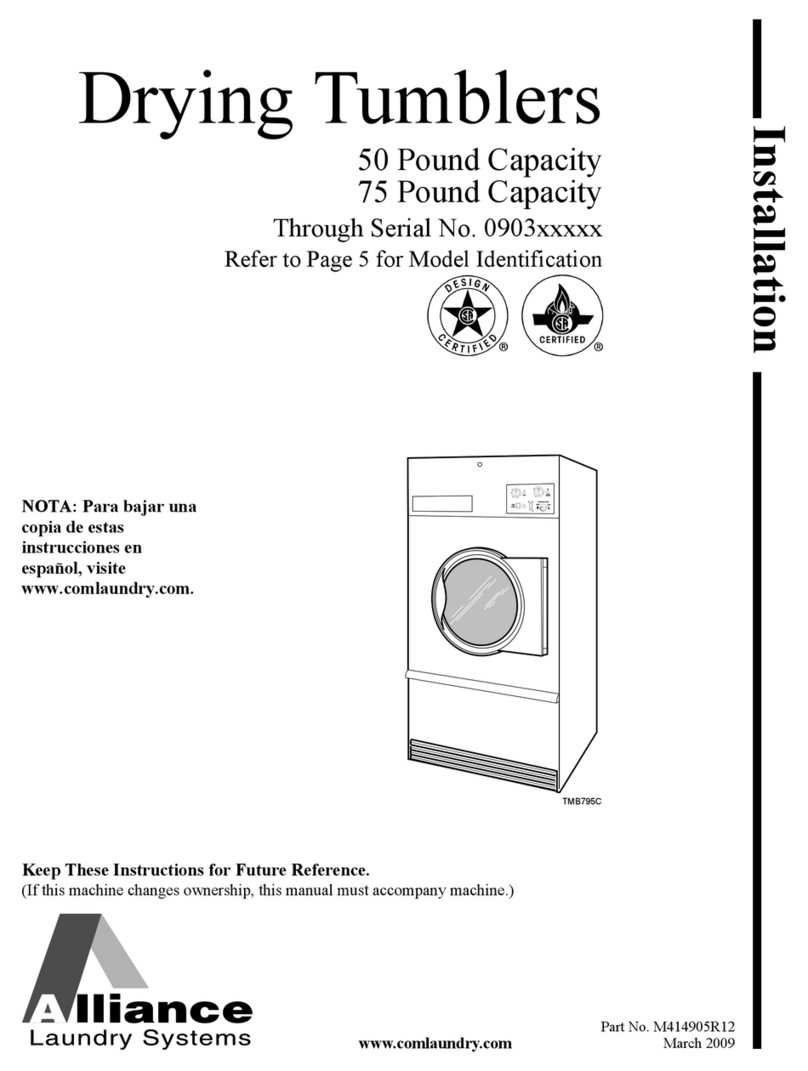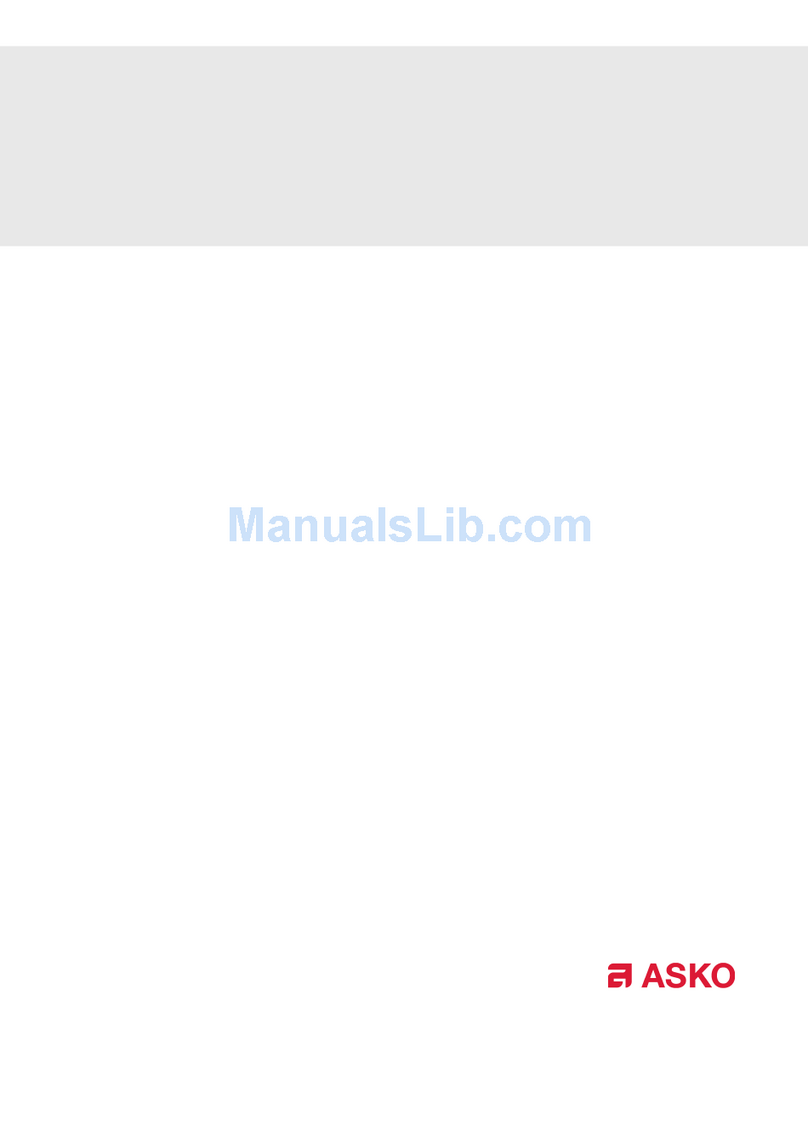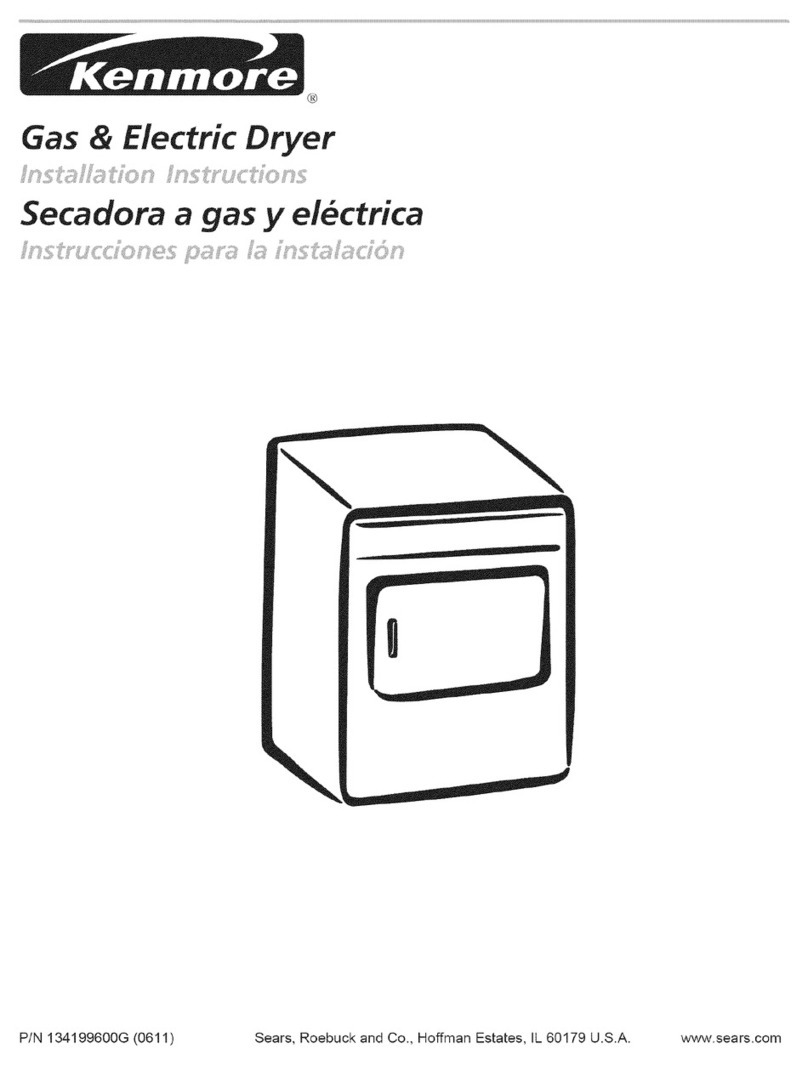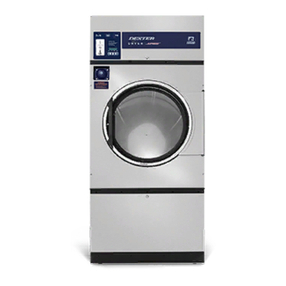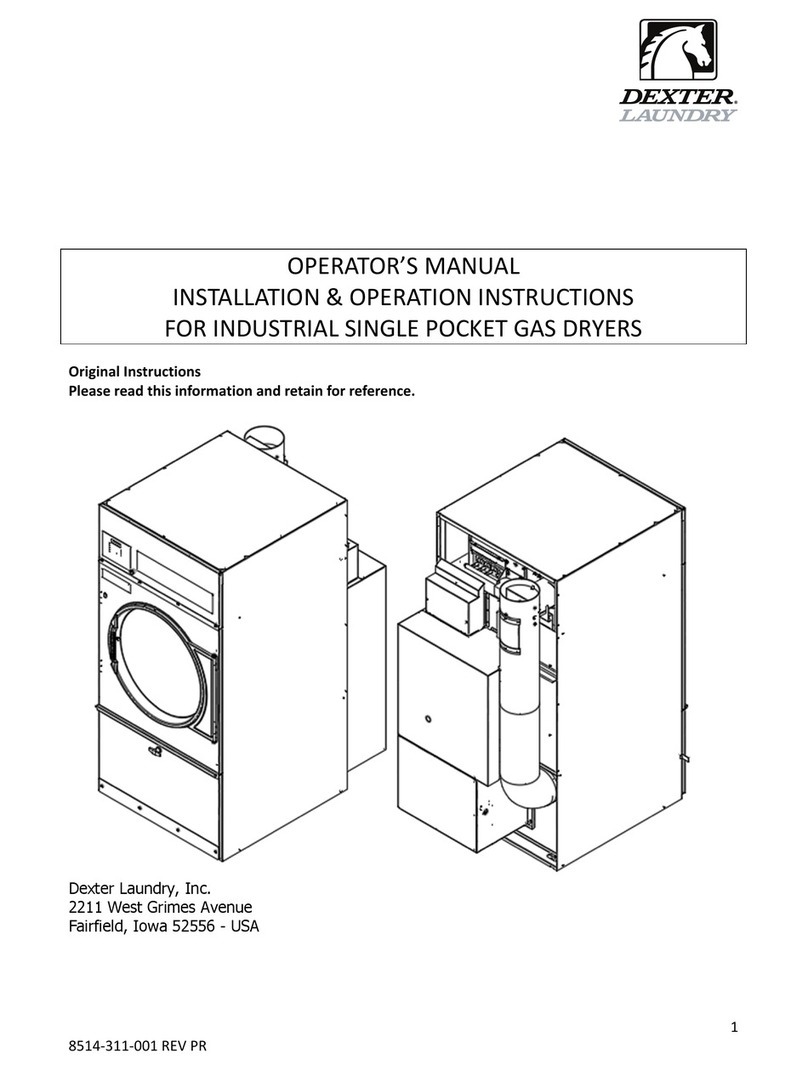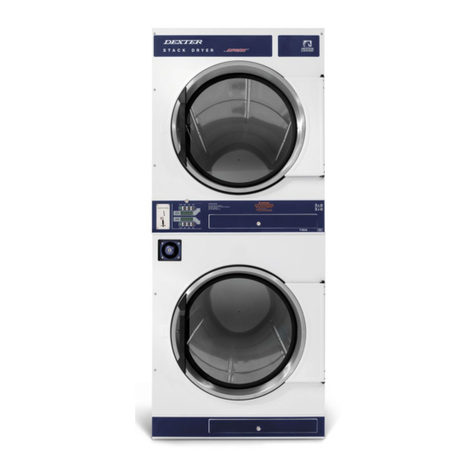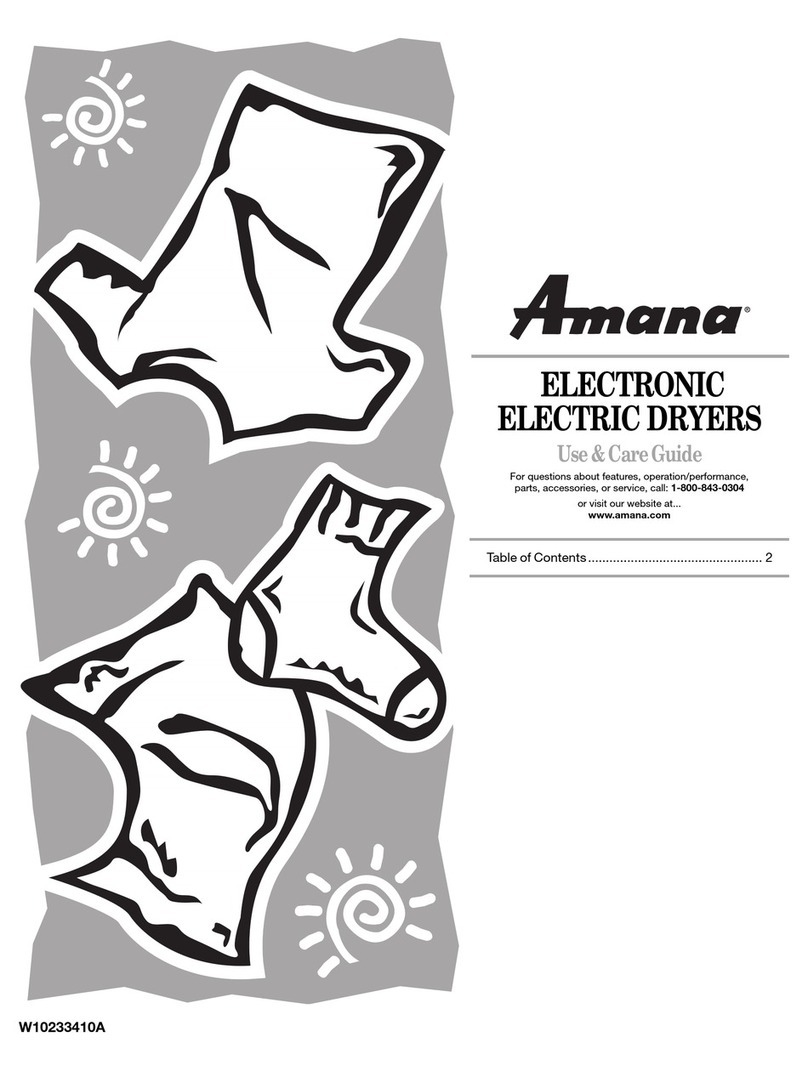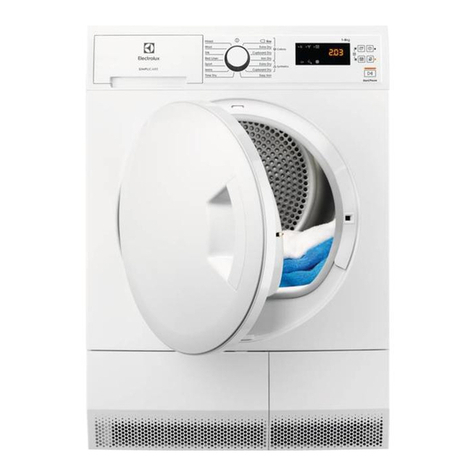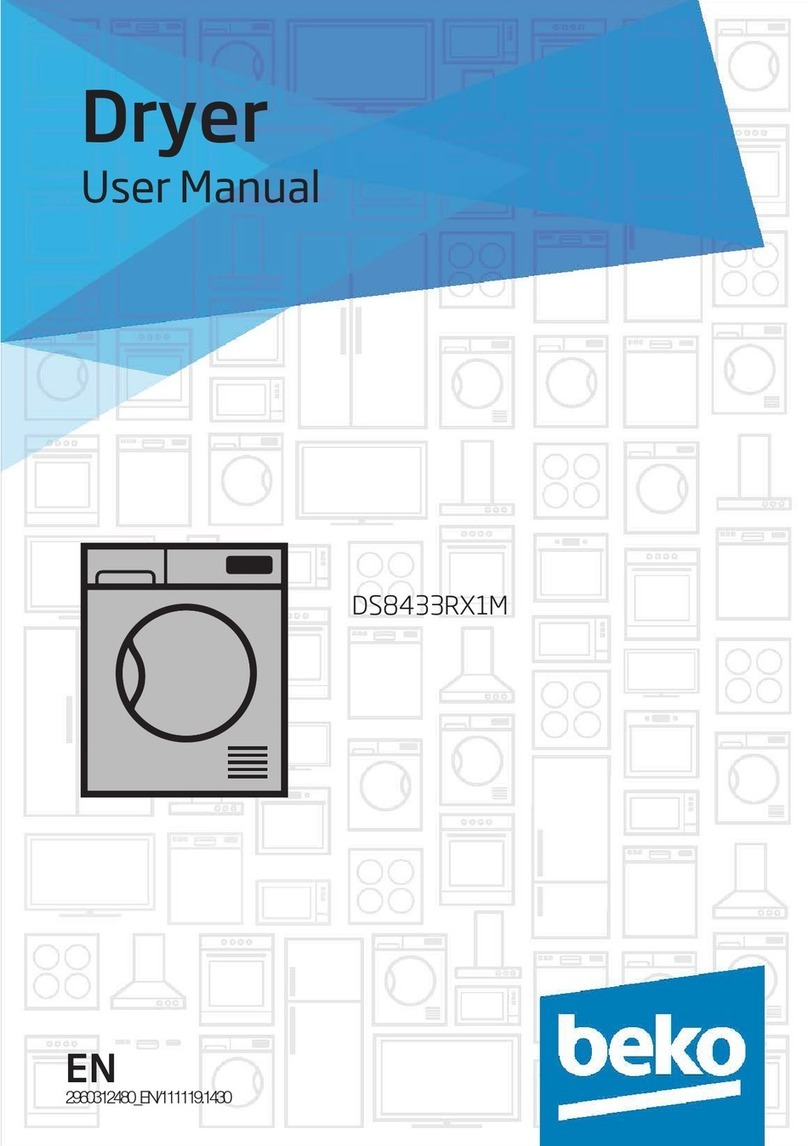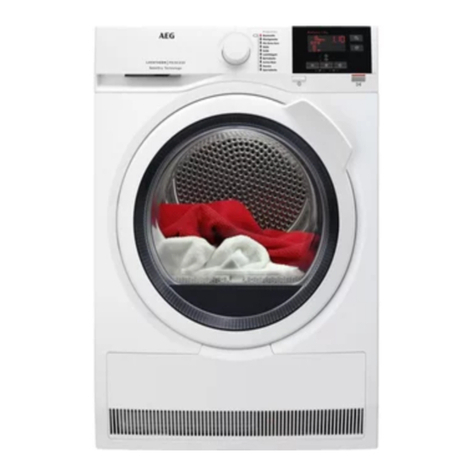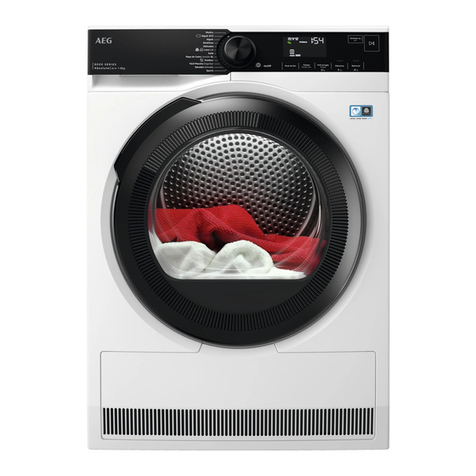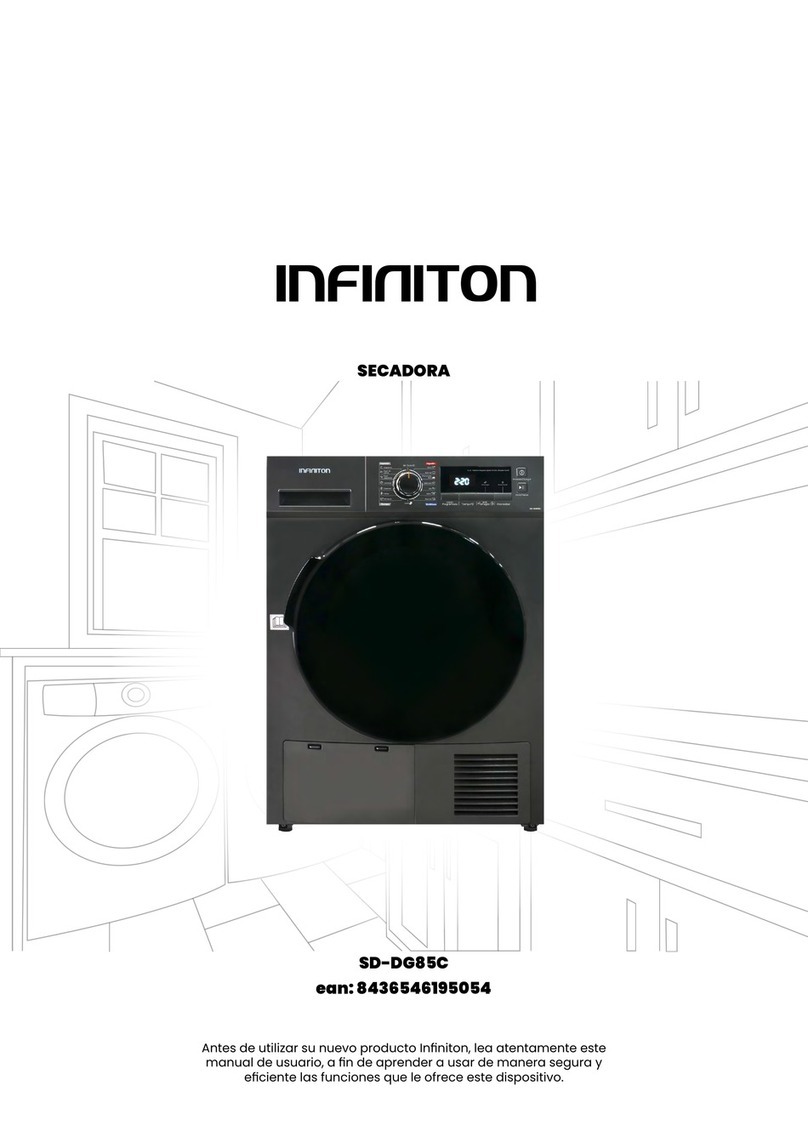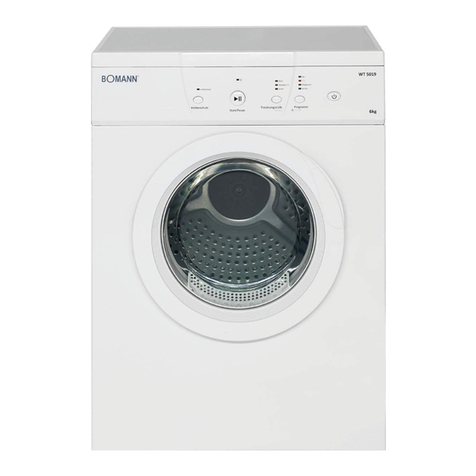
8514-288-001 REV A PAGE 10
elbows with screws or other fastening means that will extend in to the pipe or elbows and catch lint. The
addition of an exhaust pipe tends to reduce the amount of air the blower can exhaust. This does not affect the
dryer operation if held within practical limits. For the most efficient operation, it is recommended that no more
than 14' (4.3 m) of straight 6" (152 mm) diameter pipe is used with two right angle elbows. When more than
two elbows are used, 2' (610 mm) of straight pipe should be removed for each additional elbow. No more than
four right angle elbows should be used to exhaust a dryer.
If the exhaust pipe passes through a wall, a metal sleeve of slightly larger diameter should be set in the wall
and the exhaust pipe passed through this sleeve. This practice is required by some local codes and is
recommended in all cases to protect the wall. This type of installation should have a means provided to prevent
rain and high winds from entering the exhaust when the dryer is not in use. A hood with a hinged damper can
be used for this purpose. Another method would be to point the outlet end of the pipe downward to prevent
entrance of wind and rain. In either case, the outlet should be kept clear, by at least 24"
(610 mm), of any objects, which would cause air restriction.
Never install a protective screen over the exhaust outlet.
When exhausting a dryer straight up through a roof, the overall length of the duct has the same limits as
exhausting through a wall. A rain cap must be placed on top of the exhaust and must be of such a type as to be
free from clogging. The type using a cone shaped “roof” over the pipe is suitable for this application.
Exhausting the dryer into a chimney, a wall, a ceiling, an attic, a crawl space, or a concealed space of a
building is not permitted. In any case, there is a danger of lint buildup, which can be highly combustible.
Installation of several dryers, where a main discharge duct is necessary, will need the following considerations
for installation. Individual ducts from the dryers into the main discharge duct should be at a 45-degree angle in
the direction of discharge airflow.
NOTE: Never install the individual ducts at a right angle into the main discharge duct. The individual ducts from
the dryers can enter at the sides or bottom of the main discharge duct. The main duct can be rectangular or
round, provided adequate airflow is maintained. For each individual dryer, the total exhausting (main discharge
duct plus duct outlet from the dryer) should not exceed the equivalent of 14' (4.3 m) and two elbows. The
diameter of the main discharge duct, at the last dryer, must be maintained to exhaust end.
NOTE: A small diameter duct will restrict airflow; a large diameter duct will reduce air velocity - both
contributing to lint build up. An inspection door should be provided for periodic clean out of the main duct.
NOTE: STATIC BACK PRESSURE should be a maximum of 0.3 at the rear exhaust outlet of the
dryer. If multiple dryers are connected to the common duct, ensure the back draft damper is
installed properly.
DRYER SHUTDOWN
To render the dryer inoperative, disconnect electrical supply to the dryer.
IT IS RECOMMENDED THAT THE INSTALLER TEST THE DRYER FOR OPERATION AND INSTRUCT THE
USER BEFORE LEAVING THE INSTALLATION.
Caution - A clothes dryer produces combustible lint and should be exhausted outdoors. The area around the
clothes dryer should be kept free of lint.
